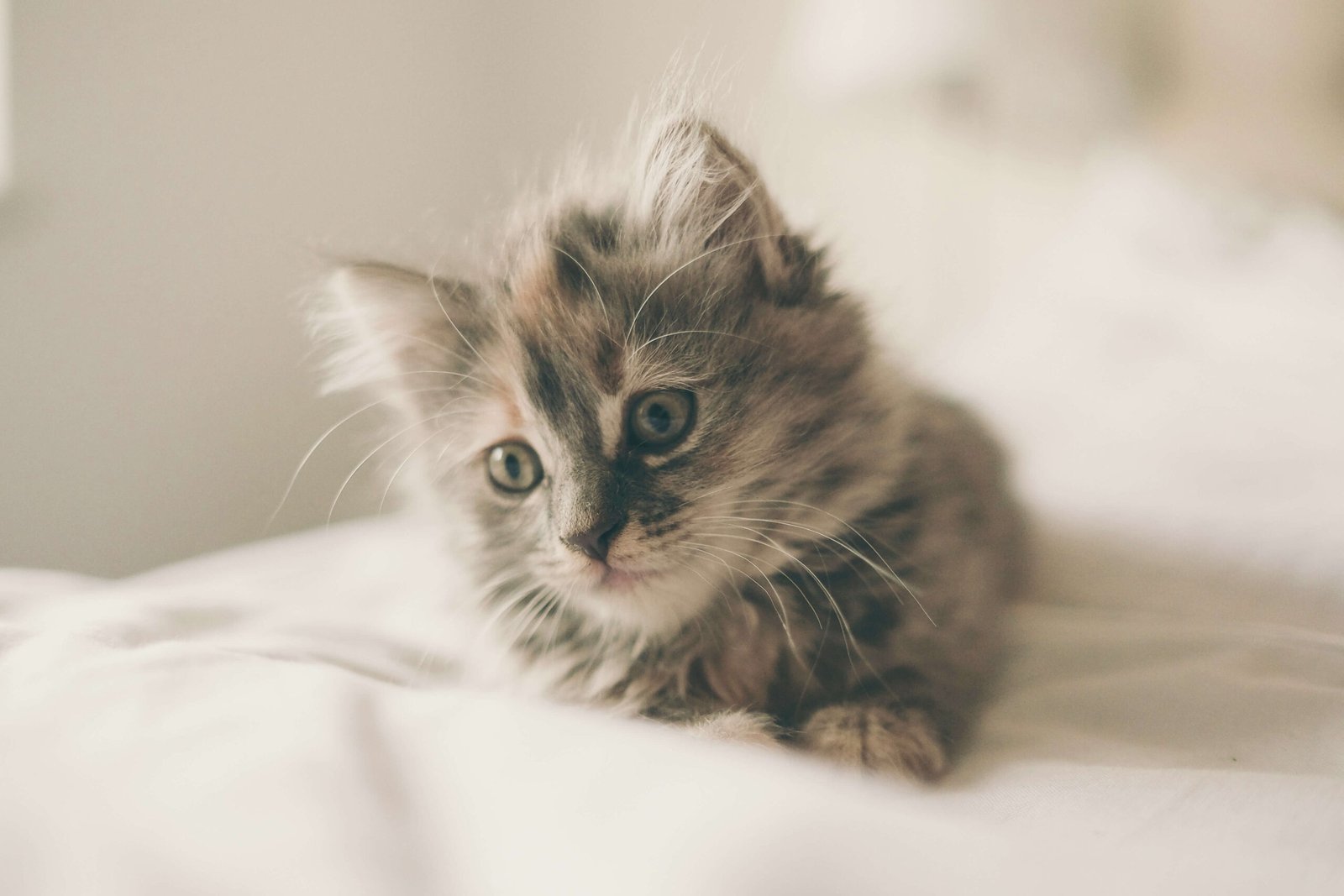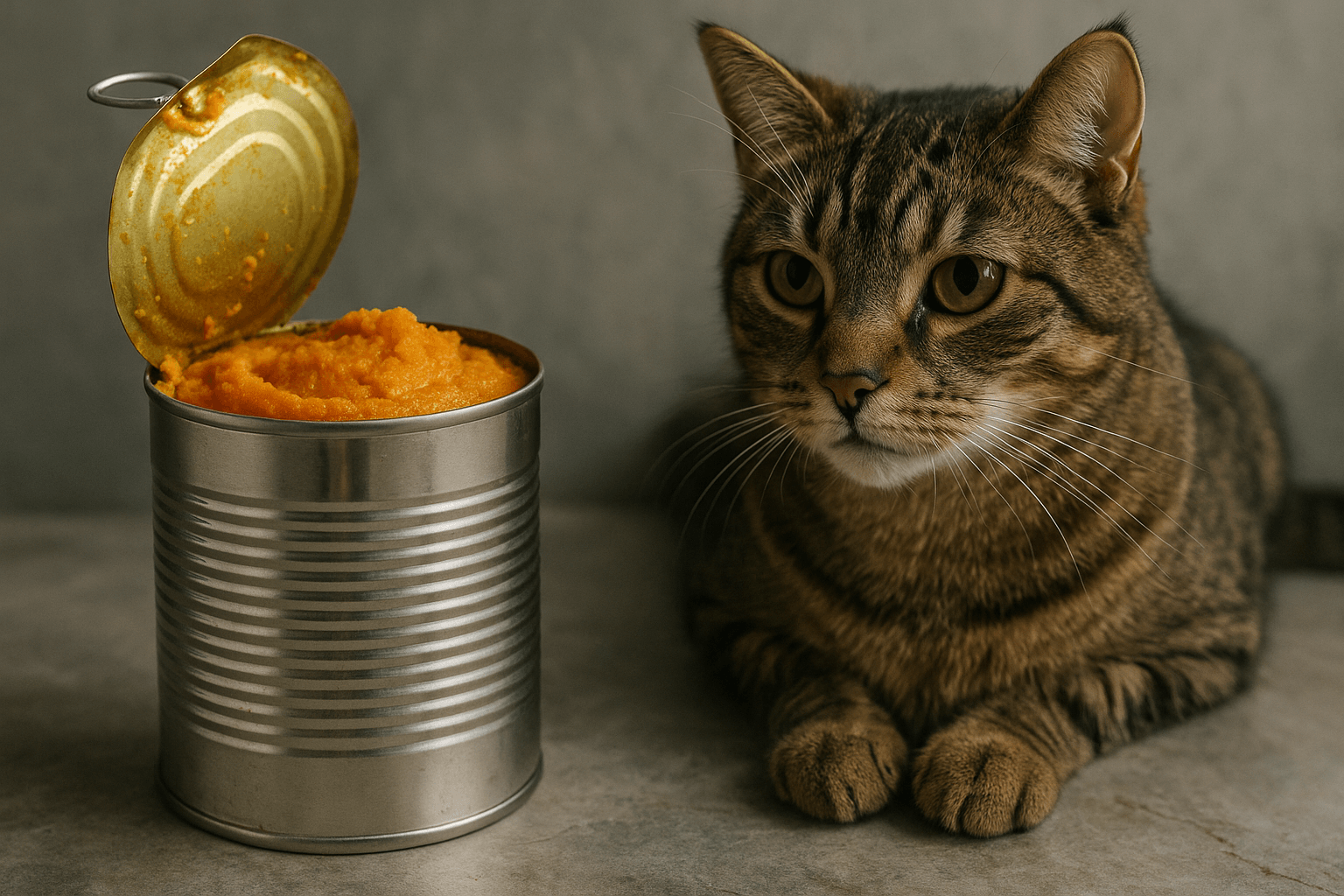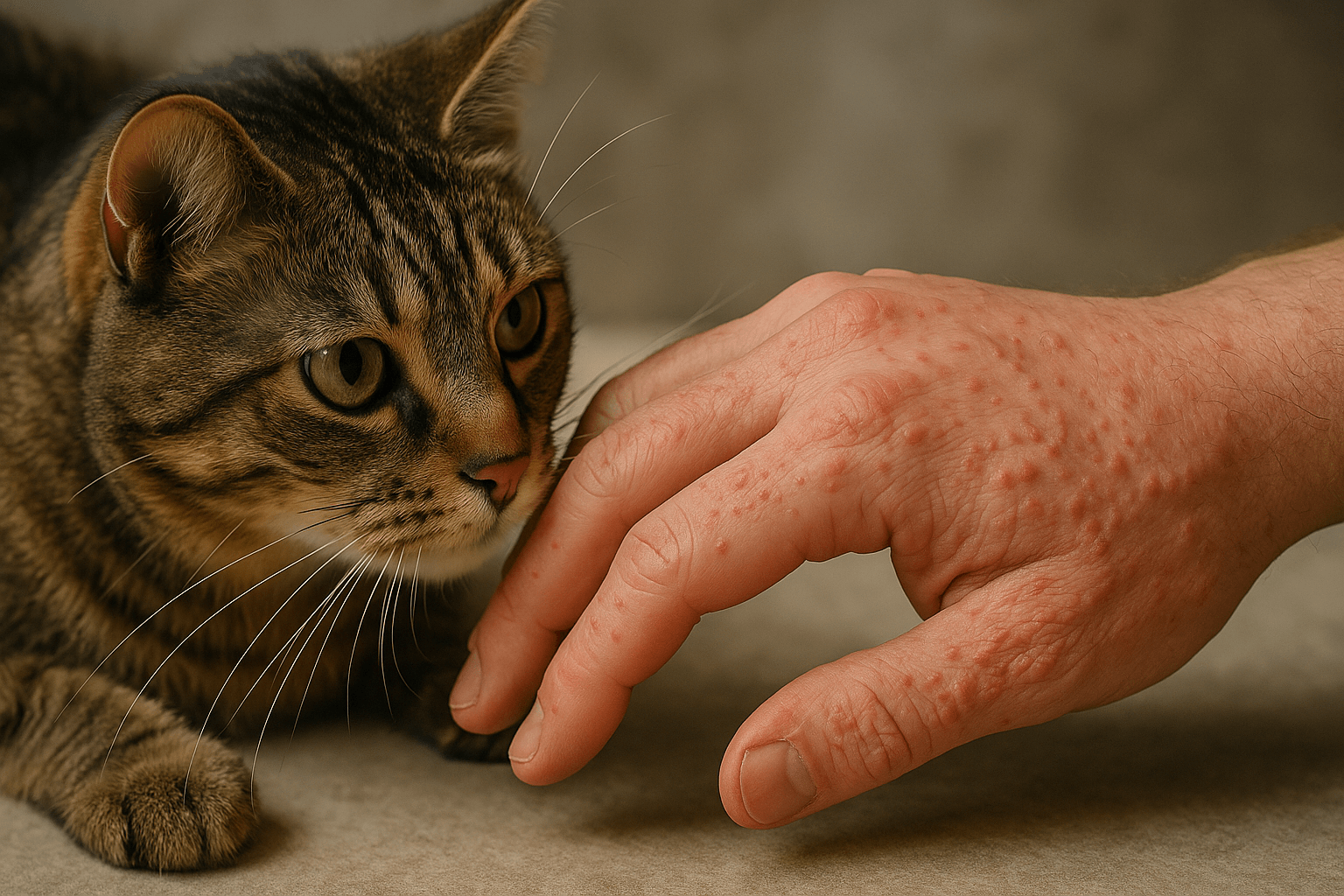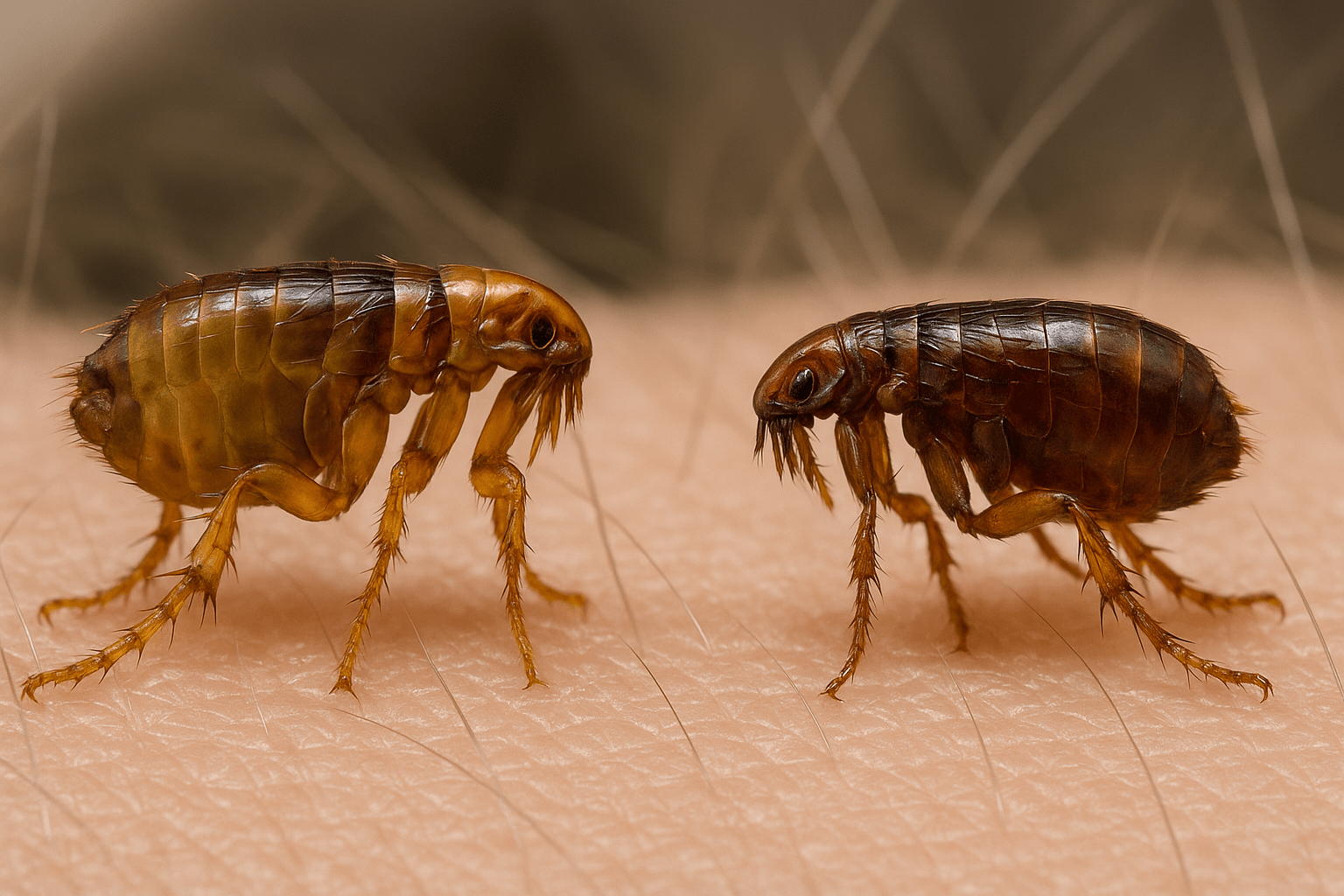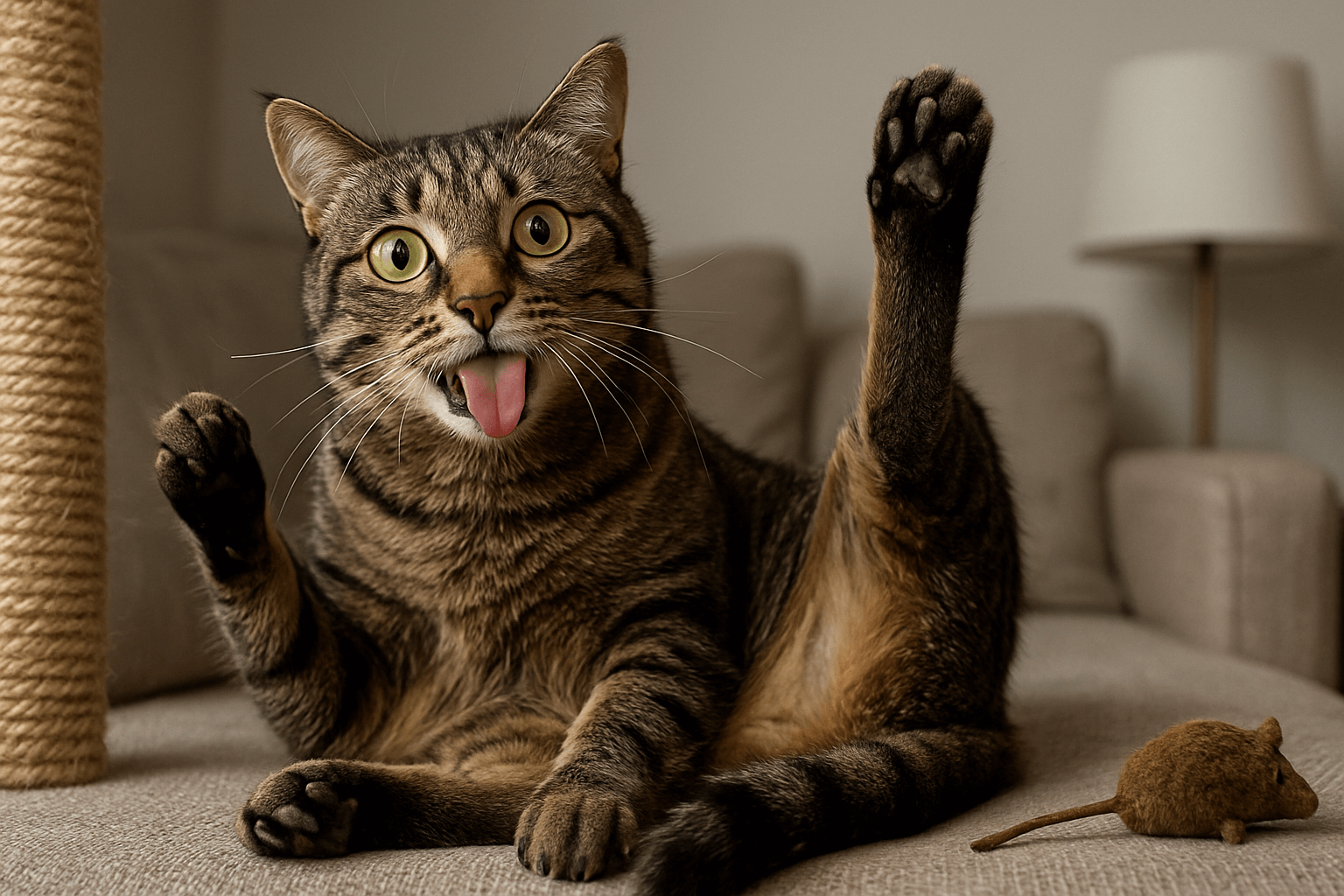Why Is My New Cat Not Eating? Understanding the Causes and Solutions
Bringing a new cat into your home is an exciting and heartwarming experience, but it can also come with its fair share of challenges. One common concern that many cat owners face is when their new feline friend refuses to eat. While it may seem alarming at first, there are several reasons why this might happen. Understanding these causes and knowing how to address them can help ensure your cat’s health and happiness. In this blog post, we’ll explore the possible reasons behind your new cat’s lack of appetite, offer practical advice, and provide tips to encourage healthy eating habits.
Common Reasons Why Your New Cat May Not Be Eating
When a new cat refuses to eat, it’s important to consider various factors that could be contributing to this behavior. Cats are sensitive creatures, and changes in their environment, health, or routine can all play a role. Below are some of the most common reasons why your new cat might not be eating:
Stress from a New Environment
Cats are creatures of habit, and moving to a new home can be overwhelming for them. The unfamiliar sights, sounds, and smells may cause stress, leading to a temporary loss of appetite.Health Issues
Underlying medical conditions such as dental problems, gastrointestinal issues, or infections can make eating uncomfortable or painful for your cat.Food Preferences
Cats can be picky eaters. If the food you’re offering doesn’t meet their taste preferences or texture expectations, they may refuse to eat it.Competition or Anxiety Around Other Pets
If you have other pets in the house, your new cat may feel intimidated or anxious during mealtime, which can discourage them from eating.Recent Vaccinations
Some cats experience mild side effects after vaccinations, including a temporary decrease in appetite.
Understanding these potential causes is the first step toward addressing your cat’s eating habits. By identifying the root of the issue, you can take appropriate action to help your cat feel more comfortable and willing to eat.
How to Encourage Your New Cat to Eat
Once you’ve identified possible reasons for your cat’s lack of appetite, the next step is to take action. Here are some practical strategies to encourage your new cat to start eating again:
Create a Calm and Quiet Feeding Space
Choose a location for your cat’s food bowl that is away from high-traffic areas or loud noises. This will help reduce stress and make mealtime more appealing.Offer Familiar Food
If possible, ask the previous owner or shelter what type of food your cat was eating before coming to your home. Transitioning slowly to new food can prevent digestive upset.Warm Up the Food
Slightly warming wet food can enhance its aroma, making it more enticing for your cat. Just make sure it’s not too hot!Stick to a Routine
Establish regular feeding times to help your cat feel secure and know when to expect meals. Consistency can go a long way in reducing anxiety.Use Interactive Toys or Treats
Engage your cat with toys or treats during mealtime to create a positive association with eating. Puzzle feeders can also stimulate their natural hunting instincts.
By implementing these strategies, you can create a more inviting and stress-free dining experience for your new cat. Patience and persistence are key, as it may take time for your cat to adjust.
Check this guide 👉When to Switch from Kitten to Cat Food: Best 7 Health Tips!
Check this guide 👉How to Introduce a Kitten to an Older Cat: Best 7 Tips!
Check this guide 👉Can Kittens Eat Adult Cat Food? Best 7 Expert Tips!
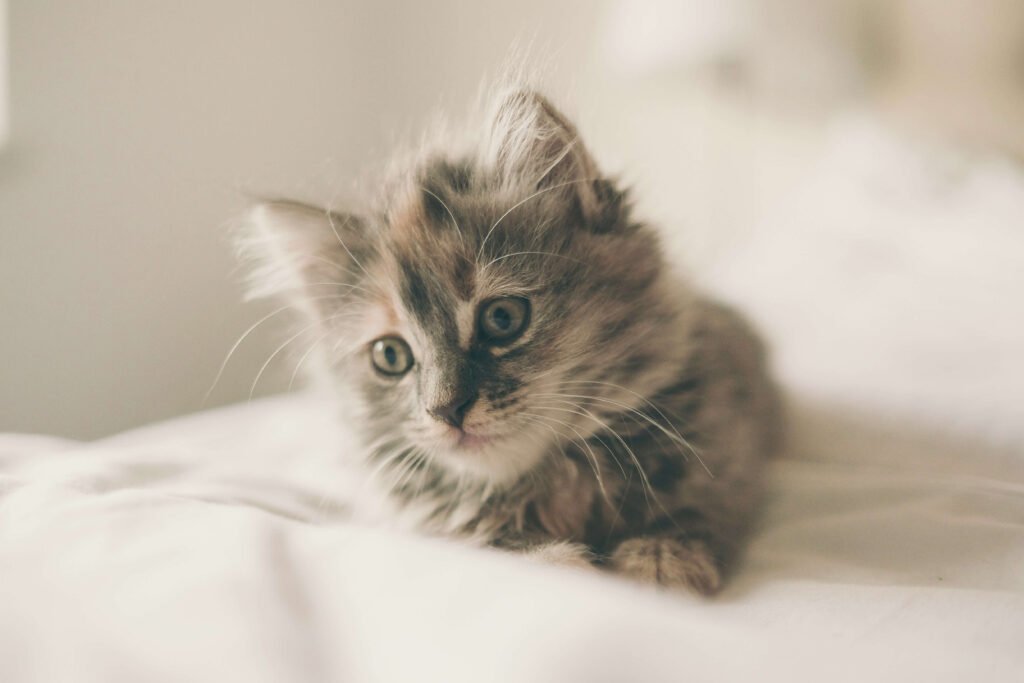
Tips to Encourage Eating | Signs Your Cat Needs Veterinary Attention |
|---|---|
Create a quiet feeding area | Persistent refusal to eat for over 24 hours |
Offer familiar or preferred food | Vomiting or diarrhea |
Warm up wet food slightly | Lethargy or unusual behavior |
Stick to a consistent feeding schedule | Weight loss or dehydration signs |
Use interactive toys or puzzle feeders | Difficulty swallowing or drooling |
Signs That Indicate a Serious Problem
While occasional disinterest in food is normal, certain symptoms may indicate a more serious underlying issue. If your new cat exhibits any of the following signs alongside not eating, it’s crucial to seek veterinary care promptly:
Lethargy or Weakness
A lack of energy or interest in activities could signal an illness or infection that requires immediate attention.Vomiting or Diarrhea
Frequent vomiting or loose stools can lead to dehydration and nutrient deficiencies, posing a risk to your cat’s health.Weight Loss
Noticeable weight loss over a short period is a red flag and should never be ignored.Difficulty Swallowing
If your cat seems to struggle while eating or frequently drools, it could indicate a problem with their throat or teeth.Changes in Behavior
Unusual aggression, hiding, or excessive vocalization may suggest pain or discomfort.
Recognizing these warning signs early can make a significant difference in your cat’s recovery. Always err on the side of caution and consult a veterinarian if you’re unsure.
Preventing Future Eating Issues
Prevention is always better than cure. Taking proactive steps can minimize the chances of your cat developing eating problems in the future. Here are some preventative measures you can adopt:
Gradual Introductions to New Foods
When introducing a new type of food, mix it gradually with the old food over several days to avoid upsetting your cat’s stomach.Regular Vet Check-Ups
Routine veterinary visits can help detect potential health issues before they become severe, ensuring your cat stays in optimal condition.Monitor Stress Levels
Keep an eye on your cat’s stress levels by providing hiding spots, vertical spaces, and plenty of enrichment activities.Avoid Sudden Changes in Routine
Cats thrive on consistency. Try to maintain a stable daily routine, especially during mealtimes.Provide High-Quality Nutrition
Invest in high-quality cat food that meets your cat’s nutritional needs and preferences. A balanced diet supports overall health and well-being.
By incorporating these practices into your daily routine, you can create a supportive environment that promotes healthy eating habits for your cat.
Environmental Adjustments to Encourage Eating
Creating a supportive environment is crucial for helping your new cat feel comfortable enough to eat. Small adjustments in their surroundings can make a big difference in reducing stress and encouraging healthy eating habits. Here are some practical changes you can implement:
Provide a Safe Space
Designate a quiet area where your cat can retreat and feel secure. This could be a cozy corner with a soft bed or a hiding spot under furniture.Limit Noise and Distractions
Keep the feeding area free from loud noises, such as vacuum cleaners, TVs, or other disruptive sounds that might overwhelm your cat.Separate Food and Litter Areas
Cats prefer not to eat near their litter box. Ensure there’s ample distance between these two areas to avoid discouraging them from eating.Use Calming Products
Consider using pheromone diffusers or sprays designed to reduce feline anxiety. These products mimic natural calming scents and can help your cat relax.Allow Time to Adjust
Give your new cat at least a week or two to settle into their new home before expecting them to eat normally. Patience is essential during this transition period.
By making these environmental adjustments, you can create a peaceful and inviting atmosphere that encourages your cat to eat without hesitation.
Nutritional Tips to Entice Picky Eaters
Sometimes, a cat’s refusal to eat stems from dissatisfaction with the food itself. Cats can be notoriously finicky, so experimenting with different nutritional options may entice them back to their bowl. Here are some tips to address picky eating habits:
Try Different Flavors and Textures
Offer a variety of wet, dry, and semi-moist foods to see which type your cat prefers. Some cats favor pate-style textures, while others enjoy chunkier options.Introduce Novel Ingredients
Occasionally adding small amounts of safe, cat-friendly ingredients like cooked chicken or tuna can spark interest in mealtime.Avoid Overfeeding Treats
Too many treats can fill up your cat’s stomach and reduce their appetite for regular meals. Limit treats to no more than 10% of their daily caloric intake.Check for Food Allergies
If your cat consistently rejects certain foods, they may have an allergy or intolerance. Look for signs like itching, vomiting, or diarrhea and consult a vet if needed.Rotate Brands Occasionally
Sticking to the same brand for too long can lead to boredom. Rotating high-quality brands every few months can keep your cat engaged with their meals.
By exploring these nutritional strategies, you can discover what works best for your cat and ensure they receive the nutrients they need to stay healthy.
Behavioral Techniques to Build Positive Associations
Behavioral techniques can play a significant role in helping your new cat overcome their reluctance to eat. By creating positive associations with mealtime, you can encourage them to approach their food bowl willingly. Here are some effective methods:
Engage in Play Before Meals
A short play session with interactive toys can stimulate your cat’s hunting instincts and increase their appetite before mealtime.Use Clicker Training
Clicker training can reinforce positive behaviors around eating. Reward your cat with a treat or praise after they take a bite of food to build a connection between eating and positivity.Hand-Feed Small Portions
For particularly anxious cats, hand-feeding small portions can help build trust and make them more comfortable with eating.Incorporate Puzzle Feeders
Puzzle feeders challenge your cat mentally and physically, turning mealtime into an engaging activity rather than a chore.Reward Calm Behavior Near the Bowl
Even if your cat doesn’t eat immediately, reward calm behavior near their food bowl with gentle praise or a treat. This helps associate the area with positive experiences.
By incorporating these behavioral techniques, you can foster a sense of security and enjoyment around mealtimes, ultimately encouraging your cat to eat regularly and happily.
Frequently Asked Questions About Cats Not Eating
How long can a cat go without eating?
Cats should not go more than 24-48 hours without eating, as prolonged fasting can lead to serious health complications like hepatic lipidosis (fatty liver disease).
Should I force-feed my cat if they’re not eating?
No, force-feeding can cause additional stress and harm. Instead, consult a veterinarian for guidance on how to proceed safely.
Can stress really affect my cat’s appetite?
Yes, stress is a common cause of appetite loss in cats. Creating a calm and predictable environment can help alleviate this issue.
What should I do if my cat vomits after eating?
Occasional vomiting may not be a concern, but frequent episodes require veterinary evaluation to rule out underlying conditions.
Is it normal for kittens to eat less when settling into a new home?
Yes, kittens may temporarily eat less due to stress. However, monitor their intake closely and consult a vet if the behavior persists.
Supporting Your New Cat Through Their Eating Journey
Helping your new cat overcome their reluctance to eat requires patience, understanding, and a proactive approach. Whether the issue stems from stress, health concerns, or simple pickiness, there are numerous ways to address the problem and ensure your feline companion thrives. Remember, every cat is unique, and what works for one may not work for another. Stay attentive to your cat’s needs, and don’t hesitate to seek professional advice when necessary. With love, care, and the right strategies, you can nurture a happy, healthy relationship with your new furry family member.
Canned Pumpkin for Cat Diarrhea: Best 7 Expert Tips! Natural remedy to firm stools, soothe upset bellies, and support gut health safely.
Can a Cat Give You Scabies? Best 7 Expert Tips! Discover the truth about feline mites, human skin risks, and how to protect yourself—without panic.
Cat Flea vs Human Flea: Best 7 Expert Tips! Discover the truth about bites, species, and how to eliminate infestations for good.
Weird Cat Behaviors: Best 7 Expert Tips! Discover why cats do strange things—and how to understand, not punish, their instincts for a happier home.

